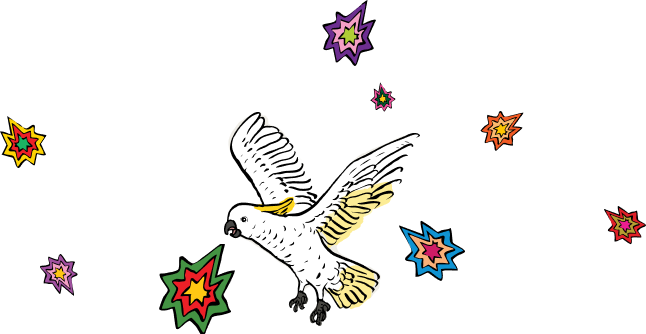Reviewed by: The Serenade Files
Evolving over 45 minutes, Anthropocene in C Major is an audiovisual map of the past 12000 years of climate change led by Portugal-based composer Jamie Perera. Presented live in the Pacific Cultures room at the South Australian Musician, the performance featured Ferera on electronics and local musician Julian Ferraretto on violin.
Sound is the primary focus of the work, with data sonification occupying much of Perera’s output. Anthropocene plays out over four sections entitled ‘Reflective’, ‘Optimistic’, ‘Instability’, and ‘Intensity’, with representative periods of time stretching to draw attention to ever-increasing ecological complexities, much dedicated to the past century.
Drawing together 23 different data sources related to anthropogenic activity of the past 12000 years, the work maps each of these to the pitch material played by individual instruments, and later, sound samples. Each representative sound source layers as new data sets begin, starting with deep bass sounds that ascend gradually over time into a complex sonic tapestry reminiscent of the first movement of Henryk Górecki’s Symphony of Sorrowful Songs.
By mapping data to the chromatic scale, much of the work has an appropriate sense of harmonic tension, though with moments of major and minor tonal clarity emerging after the live violin enters. Archival voices also feature attesting to human discovery and progress, notable amongst them Scott Morrison’s famous parliamentary coal speech.
In less capable hands, data sonification can leave an audience uninformed or emotionally distant, with no apparent relationship between data and representative sound source, or at worst, claiming that the resulting sound is the literal sound of the data (as leveled at the practice by Youtuber Tantacrul). Far from this, Ferera’s score is at once expressive (the choice of string orchestra allowing rich timbral variety) and informative, framing the systemic nature of ecological crises and disconcerting trajectory of contributing factors.
In counterpoint to the symphonic score is an equally intricate video track, consisting of several horizontal bands that feature at first various natural phenomena, such as images of clouds, beach wavefronts, solar activity and biological cell division. Each band divides as new data sources begin, with images of civilisation and human society – shipping, telecommunication, industrial machinery, currency and infrastructure – intervening in the mix. One is reminded of Dadaist Exquisite Corpse drawings in their grotesque glory, further augmented by occasional Rorschach reflections of the images about the screen’s central axis to reveal a beastly creation born of our own anthropocentric hubris.
Drawing substantially on Timothy Morton’s concept of the hyperobject (an entity so massively distributed in space and time that they defeat traditional ideas about what a thing is in the first place), Anthropocene might be understood as a hyperobject-in-miniature, encapsulating the complexity of our planet in this time of ecological crisis.
An important contribution to ecological art, Perera’s ambition for Anthropocene in C Major as a “portal to start decolonising ourselves, a pathway to express ecological grief, a gateway to connecting with the reality of climate change” hits the mark, drawing together diverse sonic and visual elements to represent our planet’s precarious situation, and holding time and space to grieve, to cope, to revelate and contemplate paths forward.




